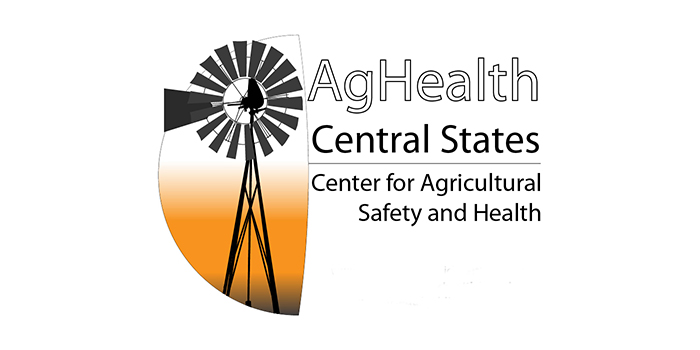Last updated on April 3rd, 2025 at 06:38 pm
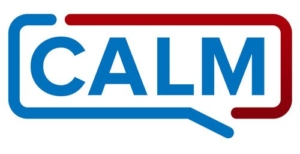
CALM (Conversations on Access to Lethal Means) is a practical intervention for increasing the time and distance between individuals at risk of suicide and lethal means, particularly firearms. CALM is the oldest and most widely used training on lethal means safety, and teaches why access to lethal means matters. It also equips individuals to intervene effectively with those at risk of suicide, both before and during a crisis. Trainings are available for general audiences and clinicians.
CALM Training Options
| Conversations on Access to Lethal Means | Counseling on Access to Lethal Means | |
|---|---|---|
| Workshop Length | 1 to 2 hours | 3 hours |
| Audience | Training for general audiences – no clinical background required. Perfect for community groups, suicide prevention coalitions, shooting clubs, parent groups, EMS/emergency responders, and health professionals with limited time. | Created for mental health clinicians, primary care providers, substance abuse counselors, hotline responders, and crisis intervention services. |
| Location | In-person or virtually | In-person or virtually |
Both CALM trainings are listed in the Suicide Prevention Research Center’s Best Practices Registry!
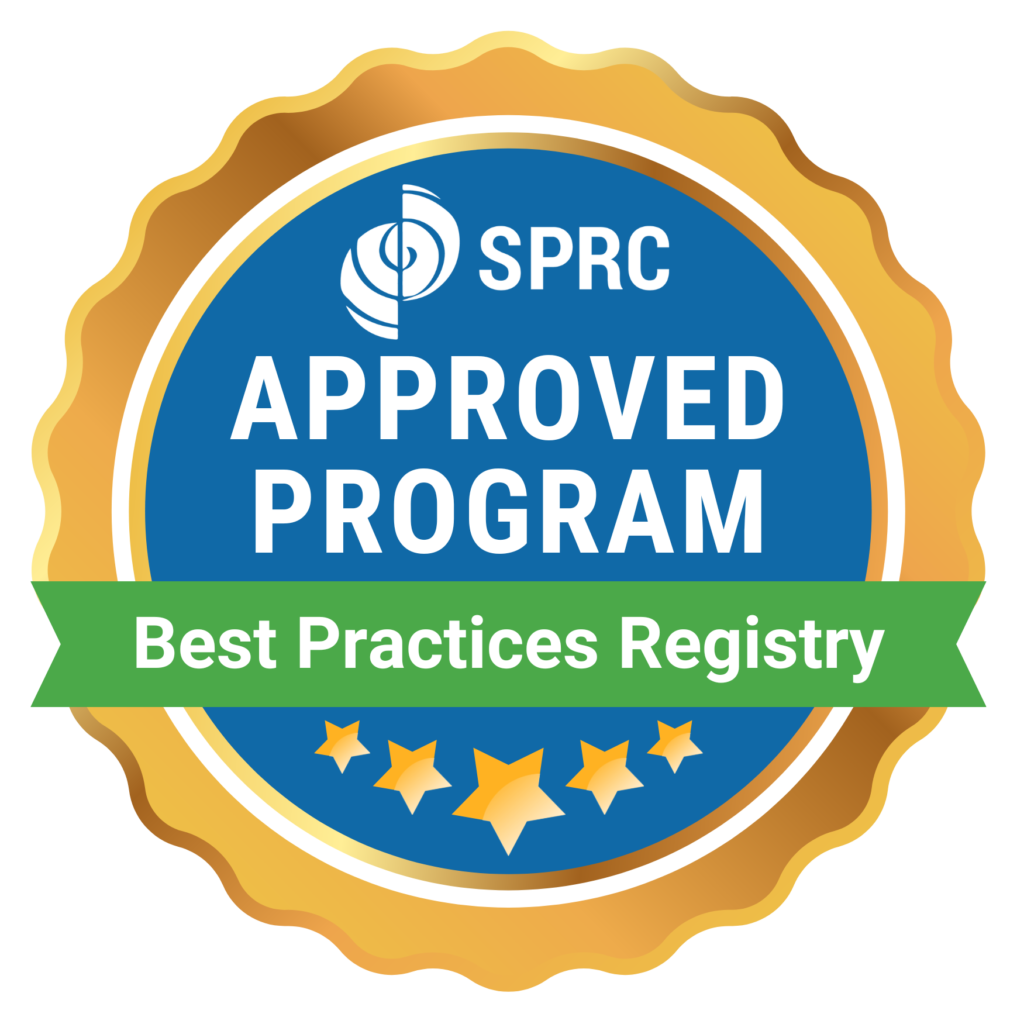
Cost
Training fees will vary depending on travel and trainer requirements. Currently there is funding that covers trainings in the following states: Iowa, Kansas, Minnesota, Missouri, Nebraska, North Dakota, and South Dakota. However, all states and territories are welcome to request this training.
Continuing Education
Conversations on Access to Lethal Means – Available Continuing Education
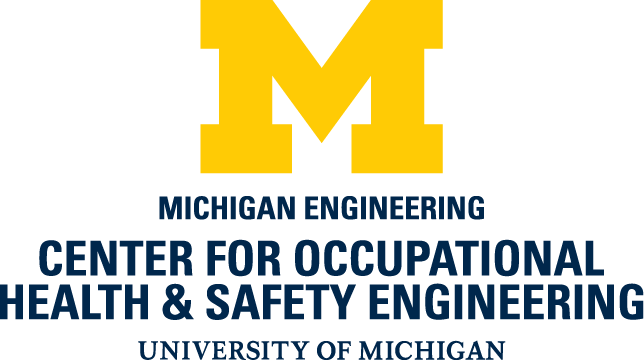
Continuing Education for Multiple Disciplines: This course is jointly provided by the University of Michigan Center for Occupational Health and Safety Engineering.
Continuing Education for Community Health Workers: CHW and/or CHW-I CEUs are available through the University of Texas at Tyler Health Science Center, Center for Community & Rural Health Education. See individual courses for additional information.

Counseling on Access to Lethal Means – Available Continuing Education
In support of improving patient care, University of Kentucky HealthCare CECentral is jointly accredited by the Accreditation Council for Continuing Medical Education (ACCME), the Accreditation Council for Pharmacy Education (ACPE), and the American Nurses Credentialing Center (ANCC), to provide continuing education for the healthcare team

CME: This live activity is designated for a maximum of 3.50 AMA PRA Category 1 Credit(s)™. Physicians should claim only credit commensurate with the extent of their participation in the activity.
CPE: This knowledge-based activity will award 3.50 contact hours (0.350 CEUs) of continuing pharmacy education credit in states that recognize ACPE providers.
ASWB ACE: As a Jointly Accredited Organization, UK HealthCare CECentral is approved to offer social work continuing education by the Association of Social Work Boards (ASWB) Approved Continuing Education (ACE) program. Organizations, not individual courses, are approved under this program. State and provincial regulatory boards have the final authority to determine whether an individual course may be accepted for continuing education credit. UK HealthCare CECentral maintains responsibility for this course. Social workers completing this course receive 3.50 clinical continuing education credits.
CNE: The maximum number of hours awarded for this Continuing Nursing Education activity is 3.50 nursing contact hours.
Continuing Education for Louisiana Licensed Professional Counselors: This workshop has been approved for 3.5 CE clock hours in Diagnosis
For more information, please contact Olivia Bury at obury@agrisafe.org
Meet Our CALM Instructors
AgriSafe CALM instructors are trained and certified through CALM America.
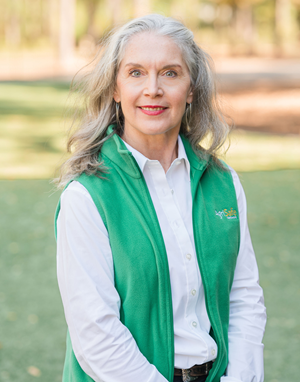
Tara Haskins, DNP, MSN, RN, AHN-BC
Total Farmer Health Director
“Suicide is a complex issue. But when we talk about access to lethal means, we remove the ‘how’ from the shadows and save lives. Let’s come together, raise awareness and shine a light of hope because every life is precious and worth fighting for. Join the conversation and help make a difference in your community.”
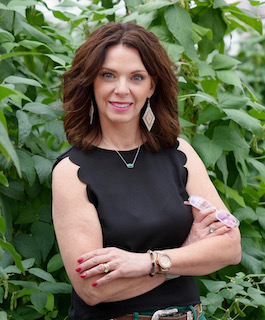
Linda Emanuel, RN, BSN
Community Health Director,
Ag Producer
“Farmers and ranchers have substantial workloads with multifaceted stressors that complicate their work/life balance. This imbalance can weigh them down so heavy, that they change in ways that causes considerable worry for families and friends. Conversations on Access to Lethal Means provides language and guidance for individuals to confidently navigate addressing these situations, to help protect and preserve a life, a family, and a legacy.”

Olivia Bury, MA, PLPC
Behavioral Health Specialist, Counselor
“Counseling on Access to Lethal Means (CALM) enhanced my capabilities as a mental health clinician, providing me with appropriate terminology, options for safe firearm storage, and strategies to help create time and distance. After taking this training, I feel confident and prepared to support my clients’ safety during a time of crisis.”
A special thank you to our project sponsor:
